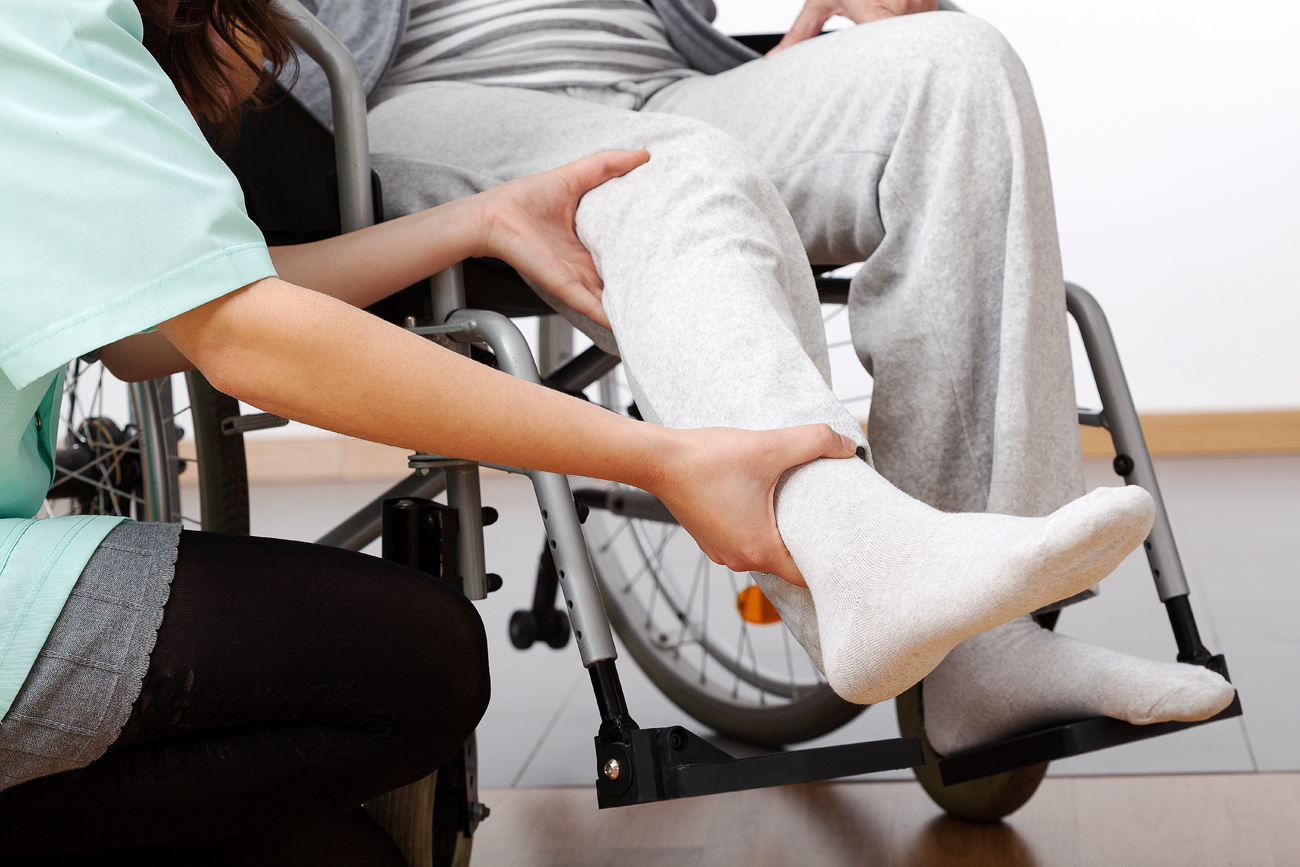
Scientists hope to help paralyzed people with the use of electric stimulation and implants.
Shutterstock / Legion-MediaScientists from St. Petersburg and Zurich hope to help paralyzed people with the use of electric stimulation and implants. They already tested the new method on rats and are now preparing for the first trials involving disabled human patients.
“The idea to use electric stimulation resulted from many years of experiments," said one of the new method's developers, Pavel Musiyenko, who works for the Institute of Translational Biomedicine at the St. Petersburg State University. "Previously, electric stimulation was used in tonic mode, i.e. with one or two areas of the spinal cord stimulated nonstop.”
He said that in the course of tests on rats the scientists developed electrode matrixes, new implant technologies, and an algorithm of alternate stimulation of different zones of the spinal cord, depending on the task at hand and the condition of the animals’ locomotor system.
The research group, led by Swiss scientist Grégoire Courtine, created a new algorithm for stimulating nerve fibers, allowing paralyzed laboratory rats to move again. The scientists established that even in very serious injuries some nerve endings remain unaffected.
They reprogrammed the unaffected neural connections in the spinal cord for new tasks, such as restoring lost locomotor activity. Electric stimulation of these neurons, and special training in an exoskeleton devised especially for this purpose, yielded positive results, with the rats restoring their locomotor activity practically to full strength.
“The underlying principle is that if the ability to flex the back is affected, then it is the zone that is responsible for flexor muscles that needs to be stimulated, and the same applies to zones responsible for extensor muscles," explained Musiyenko. "The method works, but I think it is premature to say that it should be tested on humans straight away."
According to Musiyenko, the new approach should first be tested on larger mammals such as cats, or possibly monkeys.
Time is one obstacle to rehabilitation. The method does not work if paralysis happened years ago, or in cases of partial paralysis. But it is applicable at early stages of treatment. Special electrostimulation ‘matrixes’, i.e. stem cell-based implants, make it possible to activate unaffected nerve cells and circuits in the process of restoring locomotor activity.
“It is not yet clear when tests on other animals will begin, which depends on funding and the research team," said Musiyenko. "Neurophysiologists, neurosurgeons, engineers and other experts are just as essential for a successful test and technology implementation as the financial investment."
In the meantime, Russian and Swiss scientists continue to study the mechanism of restoring the spinal cord through electric stimulation. They are currently developing rehabilitation methods for patients with partial paralysis.
All rights reserved by Rossiyskaya Gazeta.
Subscribe
to our newsletter!
Get the week's best stories straight to your inbox